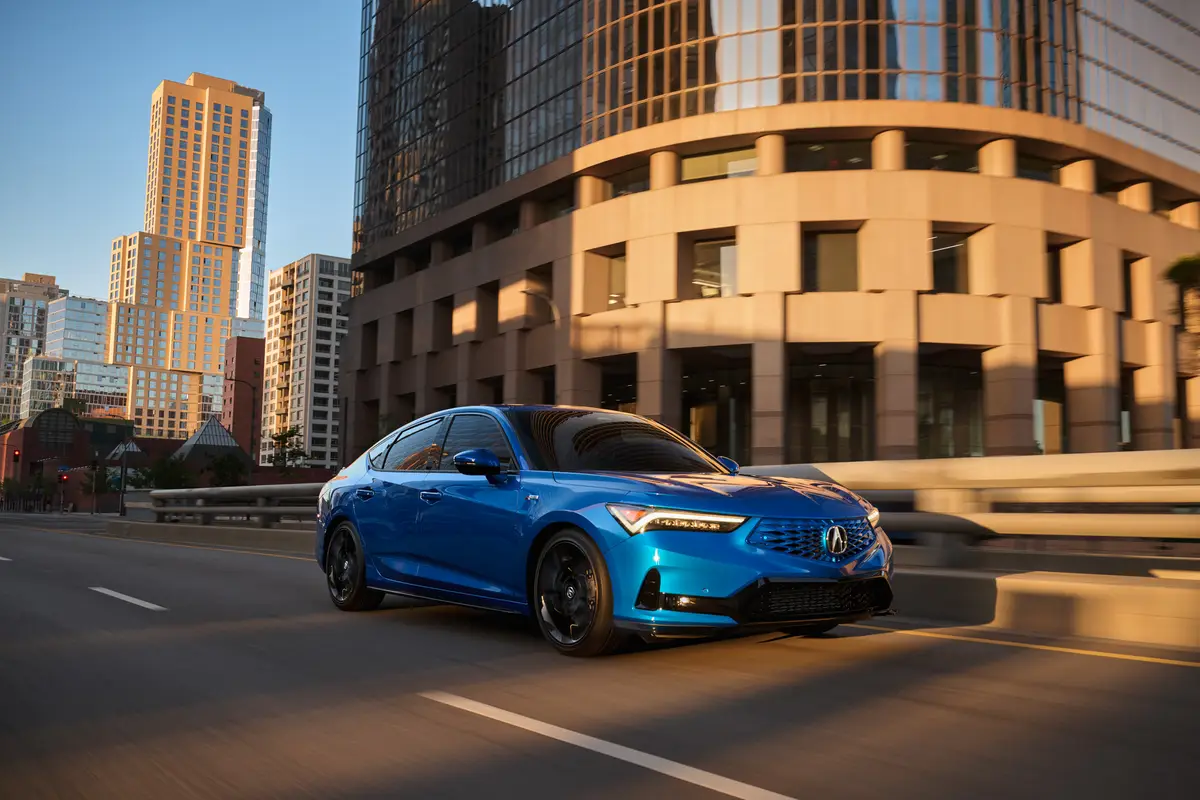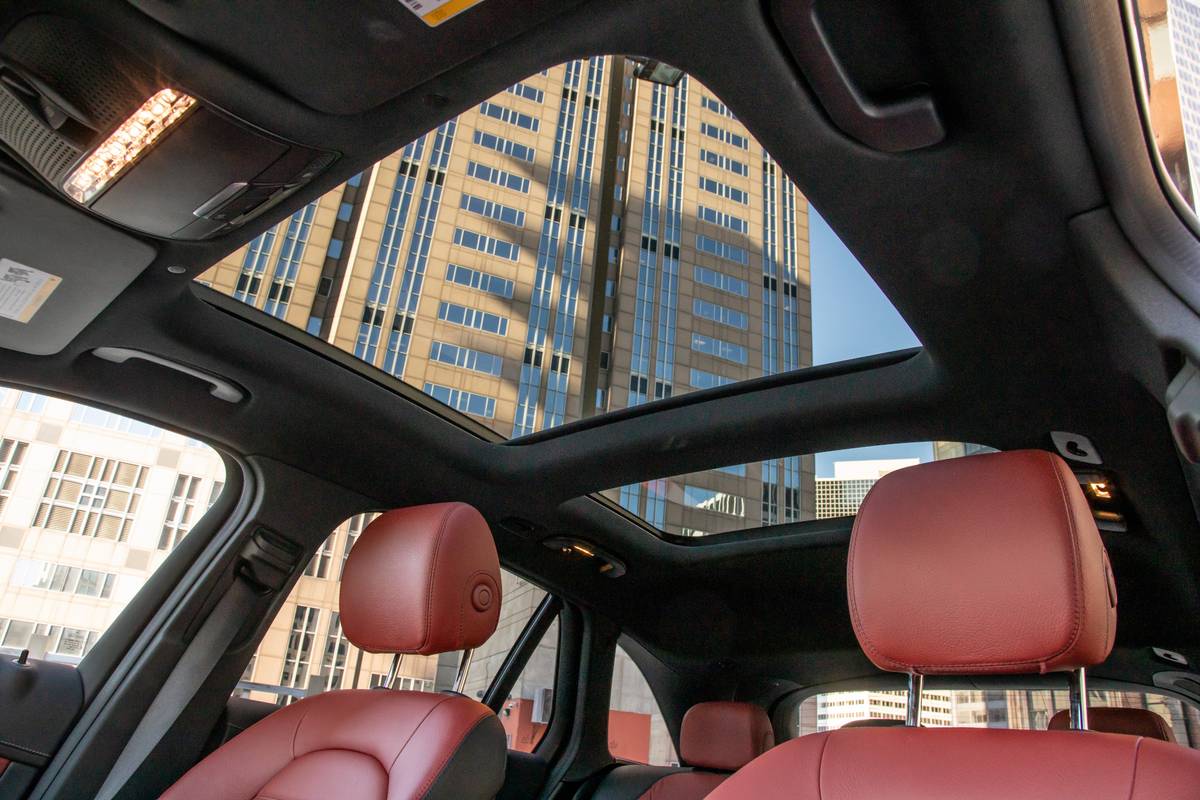The Morning Call and Mcall.com's view
Do you ever wonder what the shape or size of the American automobile would be if it weren’t for the increase in fuel prices following the infamous and overstated Oil Embargo of 1973, and the subsequent action of the federal government in mandating fuel mileage? I think about it occasionally these days but don’t lose any sleep over it.
But auto manufacturers – and in particular American automobile manufacturers – did lose sleep over it and managed to bring us a whole different version of the automobile – or, at least, the automobile as we knew it in the 1970s.
There was really no trick to making a small car with a small engine and getting big fuel mileage figures. But what do you do with a traditionally big car that has a reputation for bigness and earned this reputation at a time not only when ”big” meant ”better,” but small was nowhere? Obviously, a little fancy footwork was required. After a couple of shuffles here and there, big car manufacturers managed to produce some well-thought-out products that reflected not only what was demanded by the government but dictated by the mood of the times.
A good example of how much the big car has changed is this week’s test car, a Cadillac Fleetwood (supplied by Daniels Cadillac-BMW, 13th and Tilghman streets, Allentown), which, in outward appearance, is a shadow of its former self. Inside, it can still carry six passengers in the comfort expected from a Cadillac. But I doubt very much if the ’86 Fleetwood could even have been imagined by Cadillac owners and buyers of 10 years ago.
Take a look back at the 1976 Cadillac, the last of the really big Cadillacs. Here was a car that weighed more than 5,000 pounds and had a V-8 engine displacing a now unbelievable 500 cubic inches. The next year, the Cadillac was downsized but it still remained a big car. For a couple of years, the only real change was the engine – it kept getting smaller. This, of course, was no solution to anything, but Cadillac was at least doing something. The big change came with the ’85 Fleetwood/DeVille (actually introduced in the spring of 1984), which was not only smaller but involved a switch to front-wheel drive.
Let’s get to the 1986 Cadillac Fleetwood sedan. This is a car that should satisfy most traditional Cadillac buyers and maybe even pick up some converts from the sports sedan set. It’s a trim, slim car that is not only comfortable but has some good road manners and can obtain good fuel mileage. But the last point shouldn’t be a surprise since this was the purpose of making the car smaller in the first place.
With a wheelbase of 110.8 inches, overall length of 195 inches, width of 71.7 inches, height of 55 inches and curb weight of 3,422 pounds, the Fleetwood is no longer the largest car on the road. However, its passenger interior volume of 111 cubic feet is one of the largest listed in the EPA Gas Mileage Guide. Before anyone gets the idea that Cadillac has performed magic, it should be noted that its trunk is rated at 16 cubic feet. This is a good- sized trunk but it’s nowhere near the size of the old Cadillac trunk. In fact, many cars today have larger trunks.
Most traditional Cadillac buyers (or most car buyers, for that matter) don’t give much thought to engineering. Styling and comfort, yes; but engineering, no. Cadillac realizes this and doesn’t really push the engineering aspect too much. And this is a car company that has done some excellent engineering over the years.
This year’s Fleetwood (everything mechanical about the Fleetwood also applied to the DeVille), for example, has a sophisticated suspension system that not only provides a good ride but also good handling. This four-wheel independent suspension features MacPherson struts with integral gas-filled Pliacells and a large diameter stabilizer bar up front and ”Superlift” struts, coil springs and a l rge-diameter stabilizer bar in the rear. This is combine d with an electronic level control. The result is an overall flatter ride and cornering with more controlled balance. In other words, if you have the urge, you can really run the cloverleaves.
An option available this year – though not equipped on the test car – is an anti-lock braking system. This is something worth looking into.
Cadillacs and V-8 engines have been a tradition for many years and it’s refreshing to know that it still is a tradition. The V-8 in the Fleetwood is quite smaller than previous Cadillac engines, but since the Fleetwood itself is smaller, it all works out. The engine measures 4.1 liter/249 cubic inches and is rated at 130 horsepower at 4,200 rpm and 200 foot pounds torque at 2,200 rpm. The engine is coupled with a four-speed automatic overdrive transmission with viscous converter clutch. Overall performance is quite good. Just kick it down and away you go. As should be expected, the V-8 is smooth- running and quiet-operating.
The test car averaged 15 miles per gallon for city driving and 23 mpg over the highway – not bad at all. In fact, this is light years away from the Cadillac of 10 years ago.
Another expectation of a Cadillac is that it will be expensive. But then, Cadillac never claimed it was building cars for the masses. Base price on the test car was $19,990 and included such standard equipment as power brakes, power steering, electronic climate control, power windows, power door locks, computer diagnostics, AM-FM stereo with digital display and clock, six-way power driver’s seat, soft ray glass, remote control mirrors and automatic antenna.
Full price on the test car, including a $500 destination charge, came to $26,638. Options totaled $6,148.
The largest price tag was the Fleetwood option at $4,324 and consisted of more of everything. Some of the other options were rear window defogger and heated outside mirrors, $170; illuminated vanity mirrors, $140; cruise control, $195; fancy steering wheel, $105; tilt and telescope steering wheel, $195, dimming sentinel, $130, and upgraded radio, $319.
Latest news



